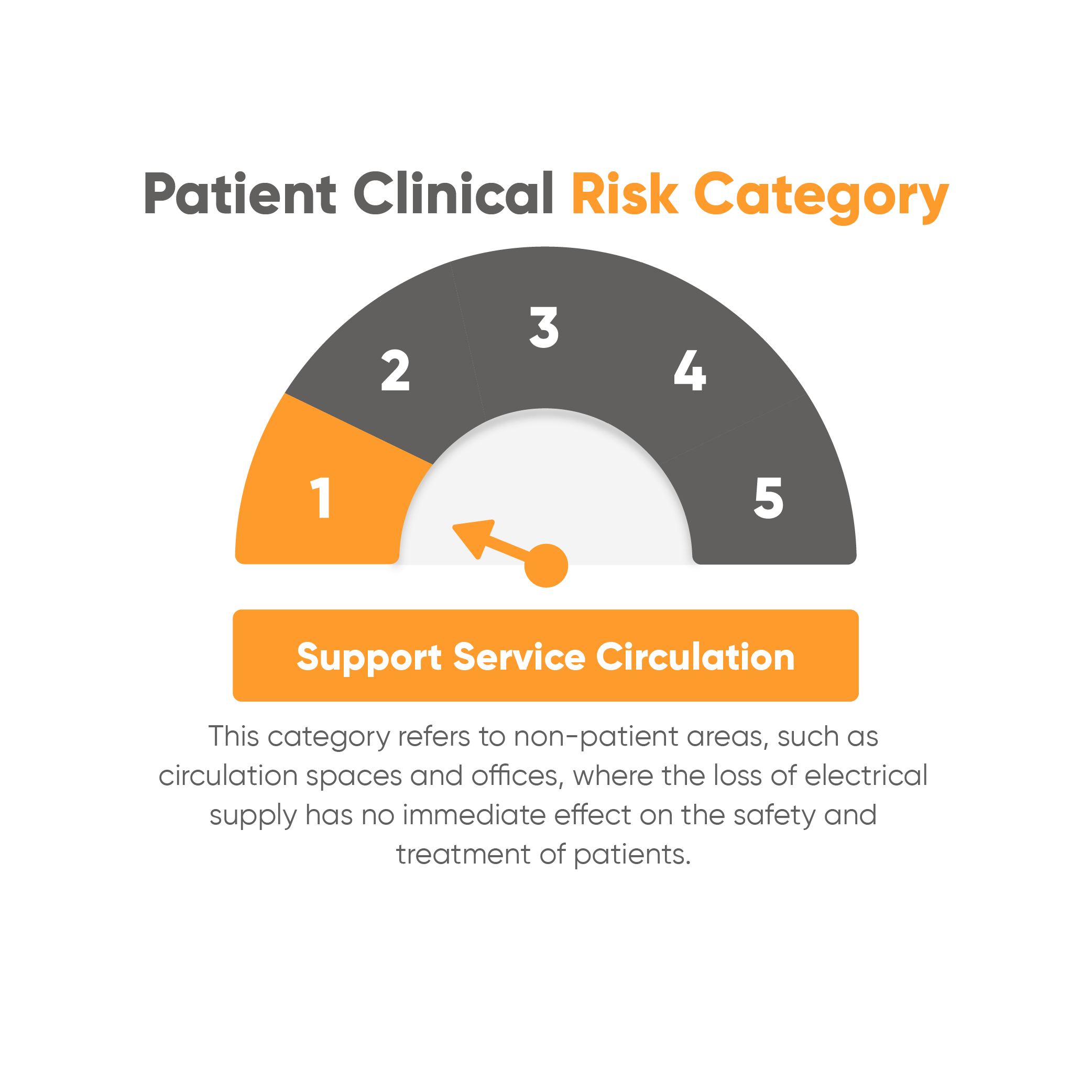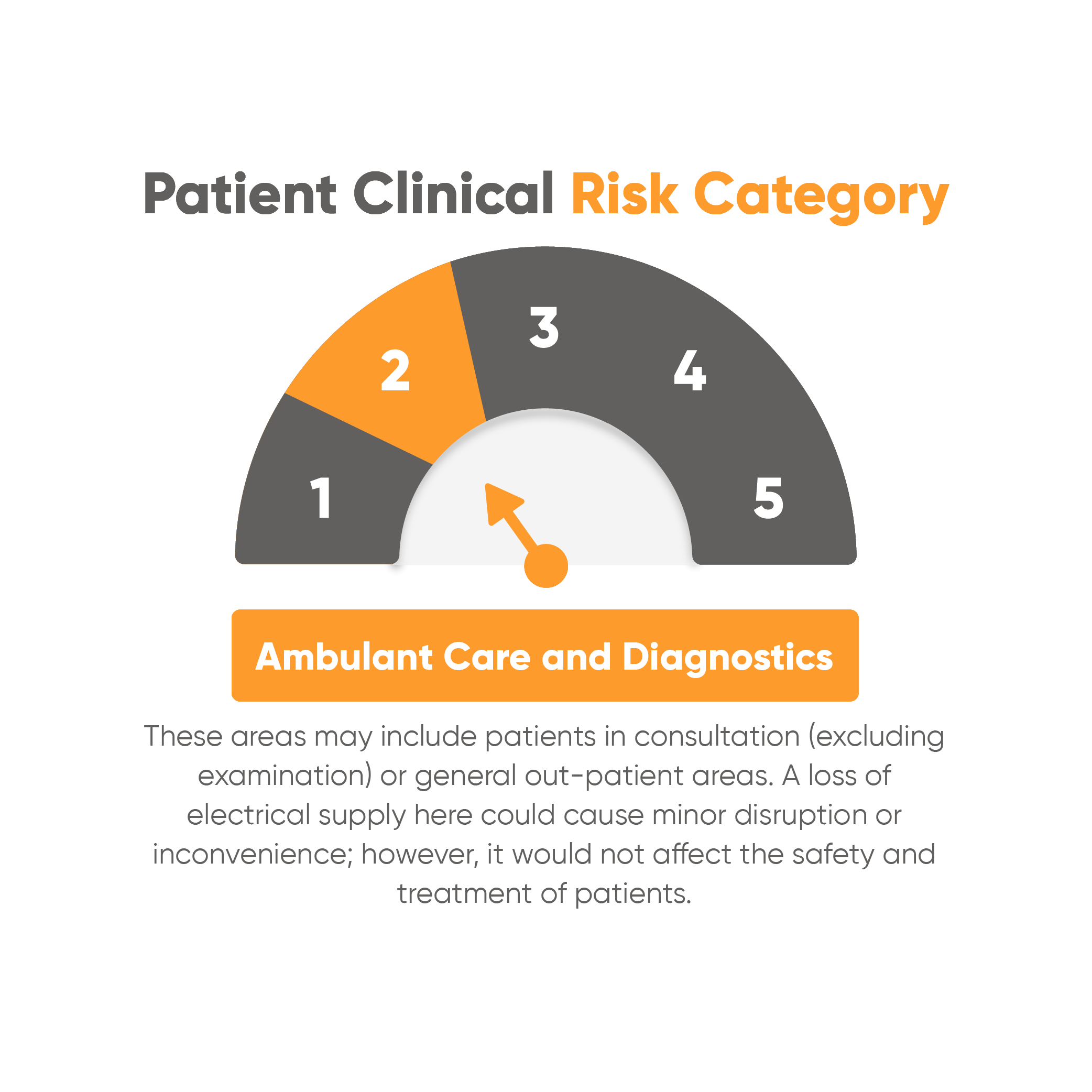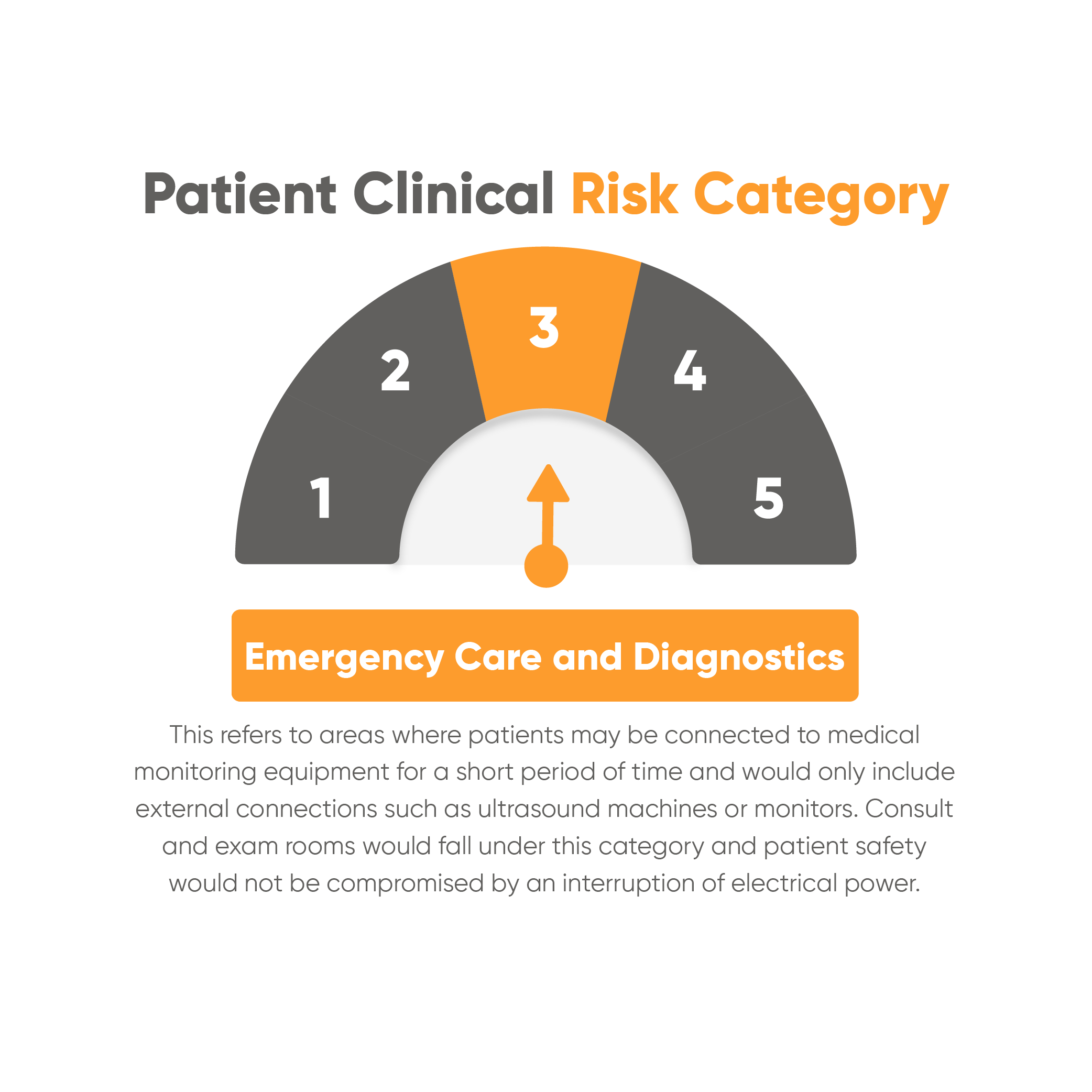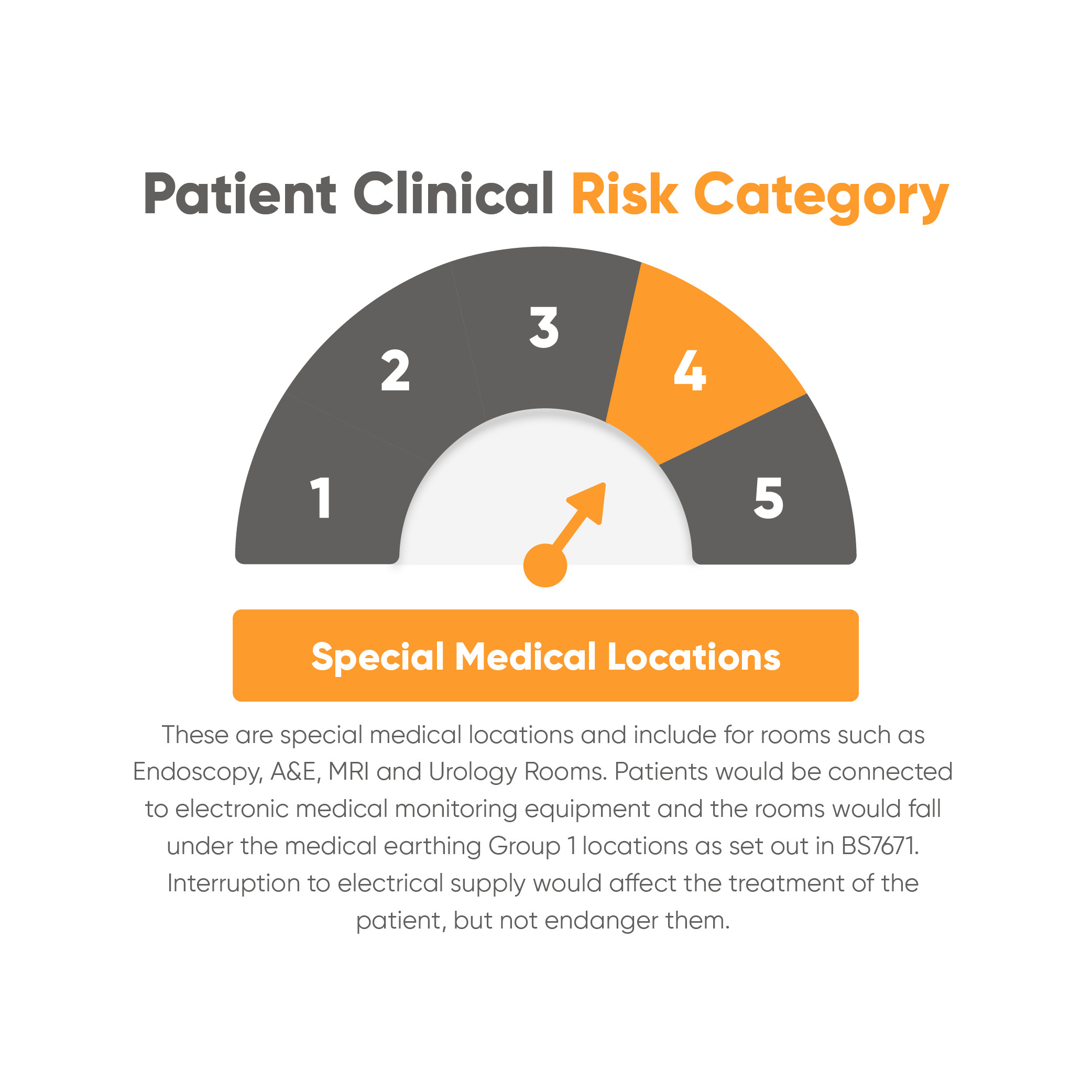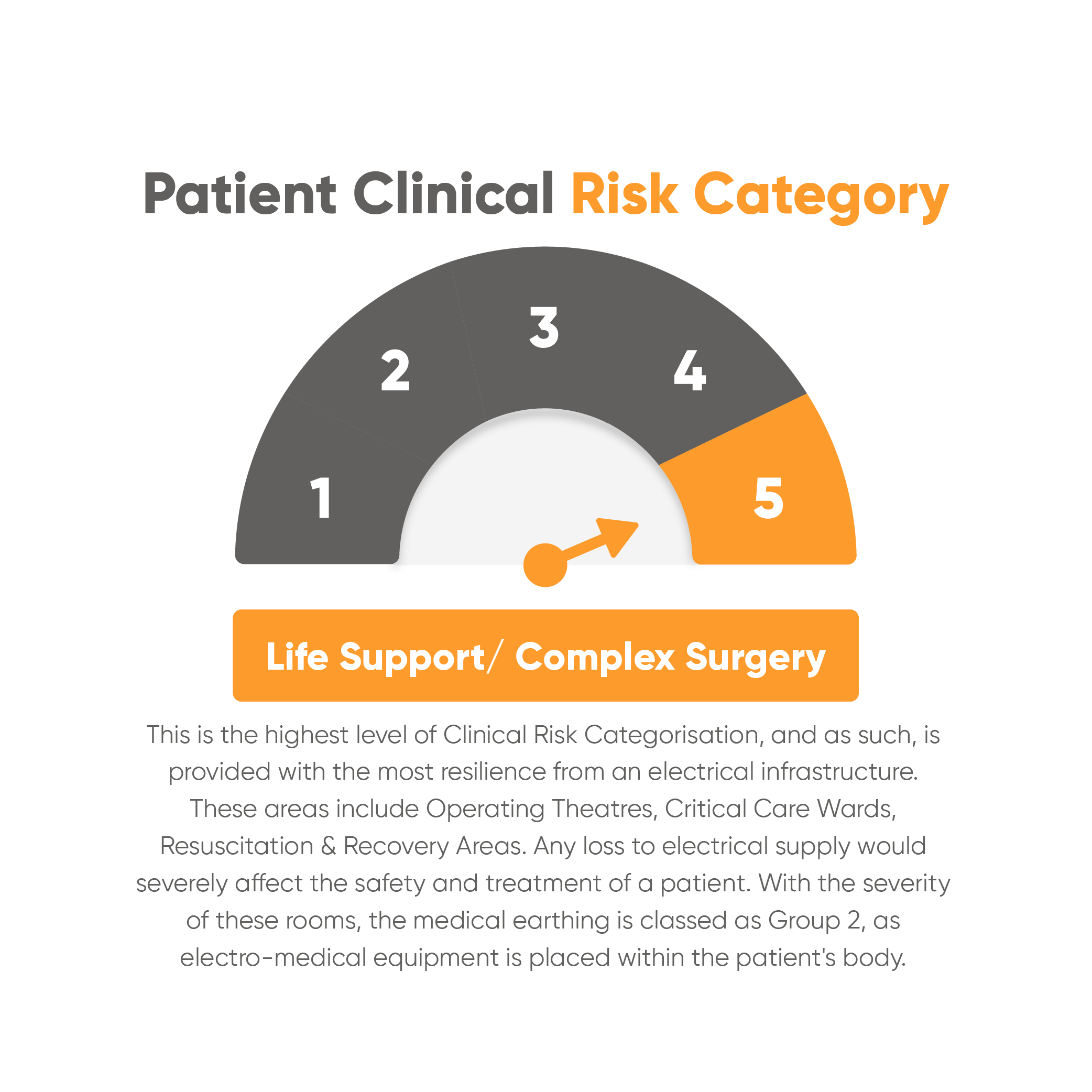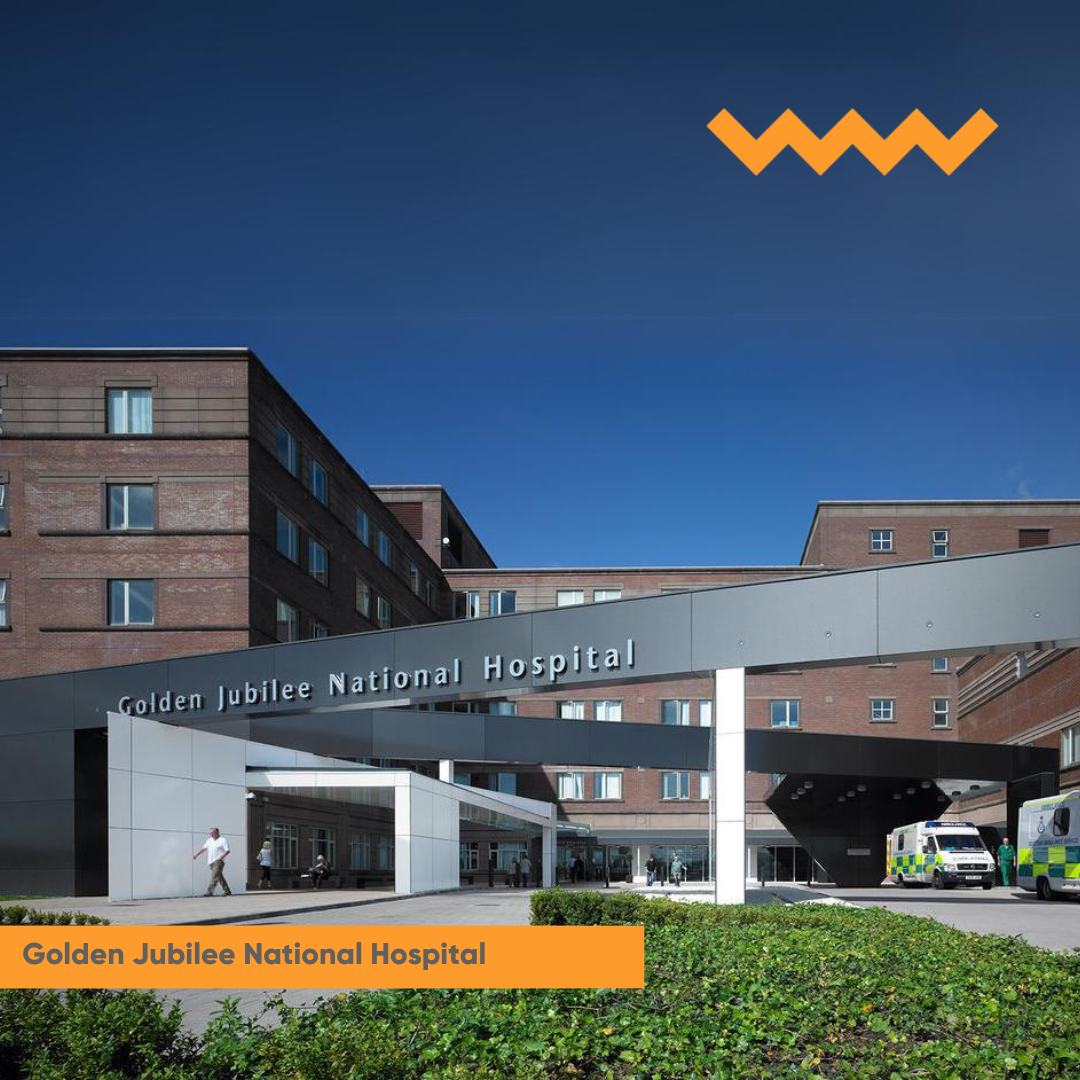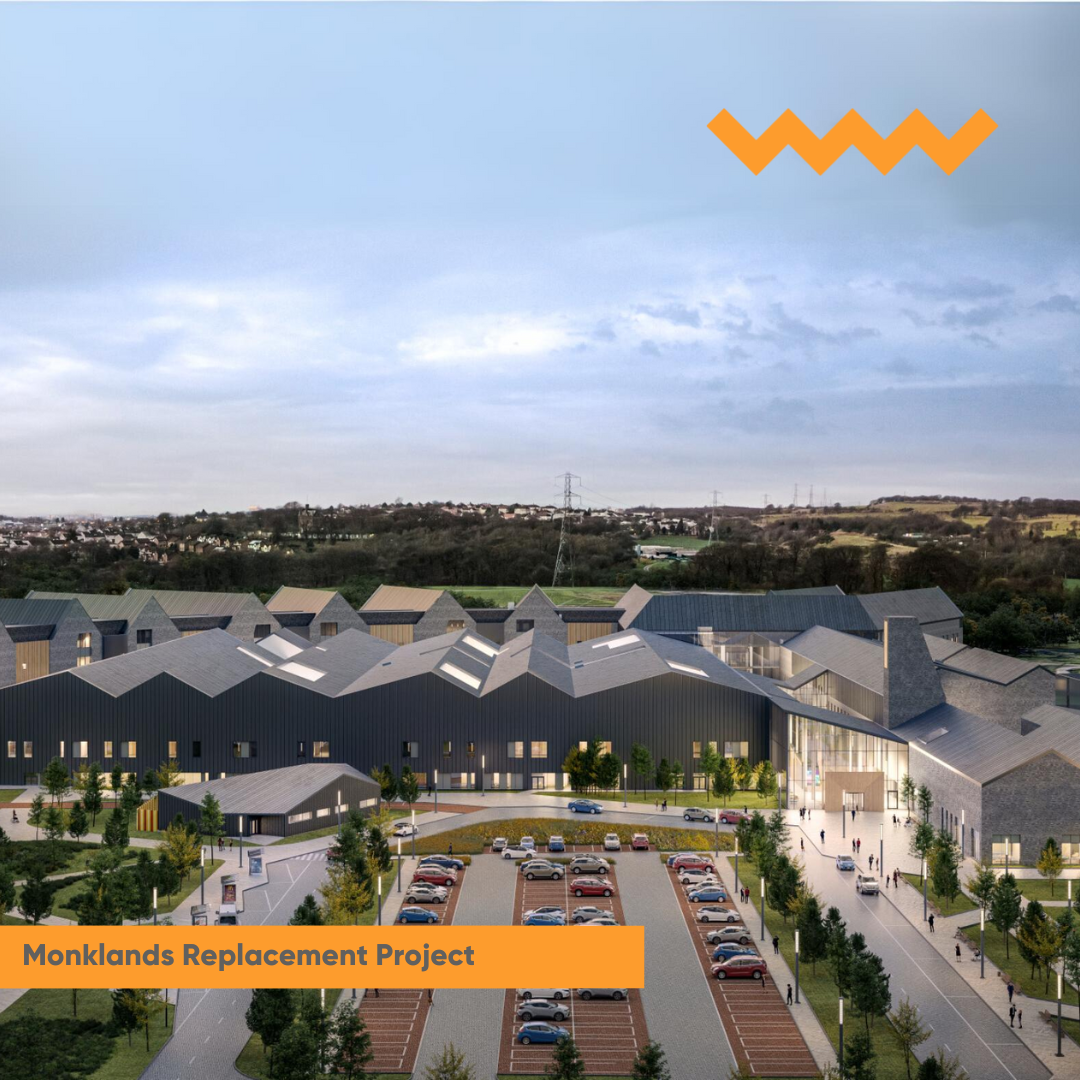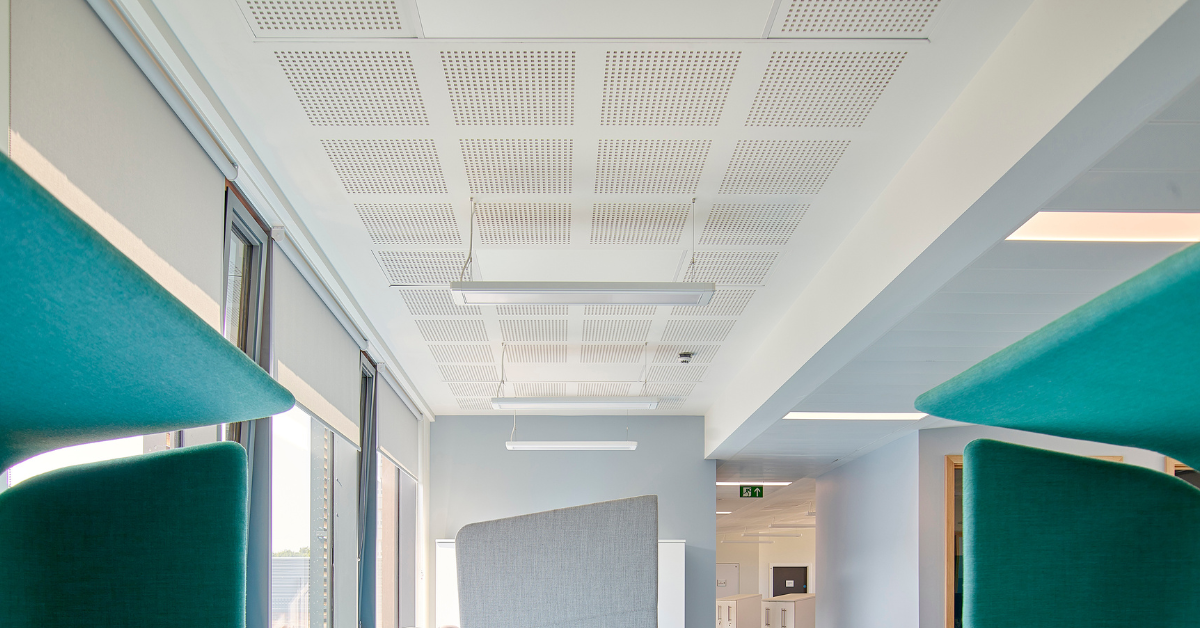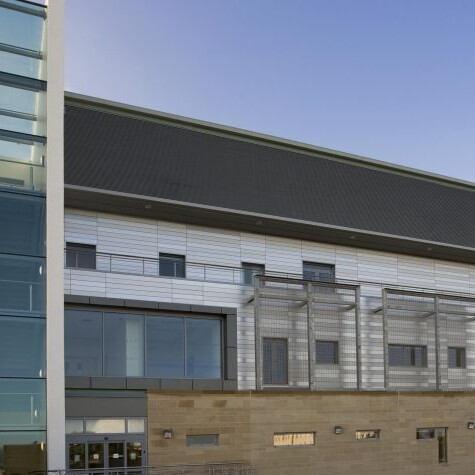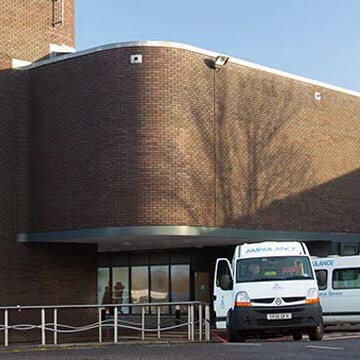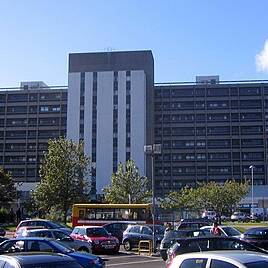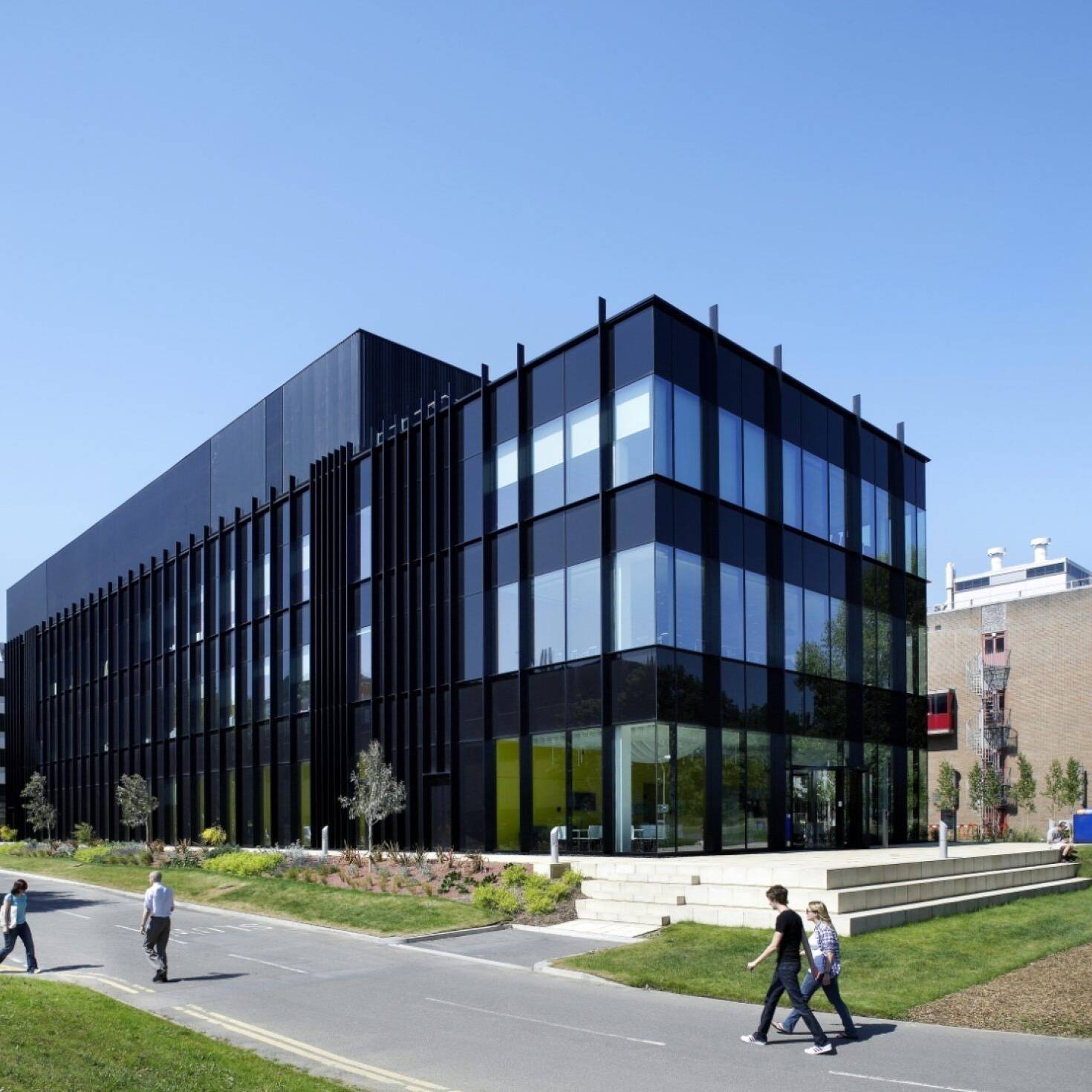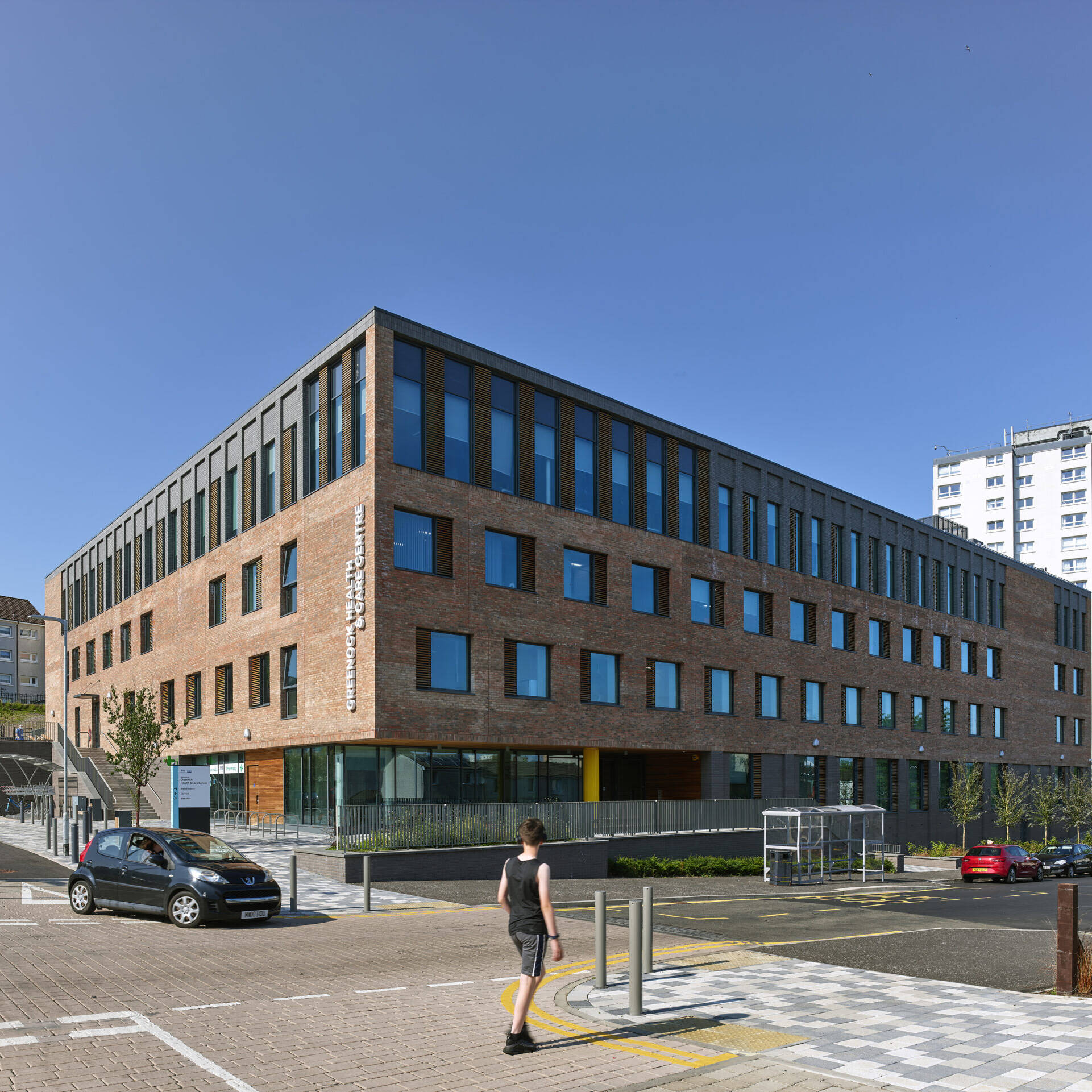News
Electrical Categorisation for Healthcare: The Wallace Whittle Approach
Navigating SHTM 06-01 and BS7671: Our Approach to Electrical Categorisation Success within Healthcare
Healthcare buildings consist of many different patient environments, each with their own varying levels of risk. Within MEP engineering in healthcare, we often discuss Clinical Risk, this is when we assess the criticality of maintaining uninterrupted electrical infrastructure for each room. Our focus is on safeguarding patients and staff from the potential consequences of a power outage within the hospital’s main electricity supply and protecting patients susceptible to earth leakage currents.
The Clinical Risks are broken down into 5 categories, ranging from Category 1 to Category 5, in Scotland and Category E to Category A in England, Wales and Northern Ireland, lowest to highest in terms of resiliency.
Why is Clinical Risk Categorisation needed?
Clinical Risk Categorisation serves as a vital framework within healthcare facilities to assess and address the diverse safety challenges inherent in different patient environments. Each room or area within a healthcare setting is assigned a specific Clinical Risk, depending on the activities and use within. When the risk category is known, the electrical infrastructure can be built around the requirements to maintain patient and staff safety and allow us to facilitate targeted planning and implementation of electrical infrastructure!
Achieving the necessary level of electrical resilience varies between Category 1 and Category 5 and Category E to A as previously noted, and the below highlights this.
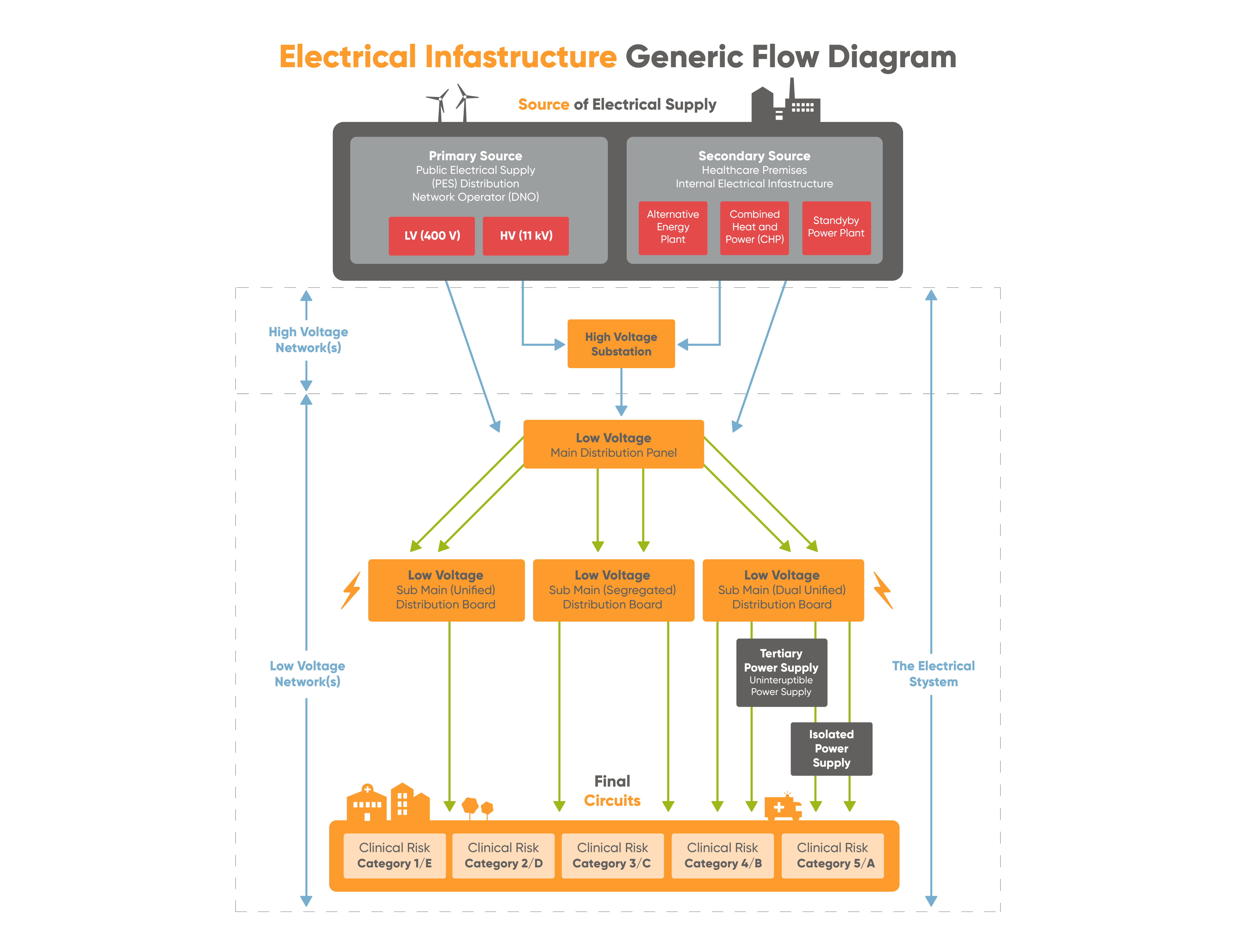
For Categories 1 and 2 (Categories E & D), typical rooms might include administrative offices or general patient rooms. These are designed to have a single supply from a distribution board. Should a fault occur on the single circuit, the use of the sockets in the room would be removed.
Clinical Risk Categories 3 and 4 (Categories C & B) include areas like general wards and some diagnostic rooms. These are designed to have dual supplies, for example, two circuits from two distribution boards. Essentially, 50% of the sockets in the room are fed from one circuit, and the remaining 50% from the other circuit/distribution board. Should a fault occur, the room does not become unusable, it just operates on 50% of the sockets. Maximum interruption times for power supplies to various services is noted in detail within Appendix 1 of the SHTM 06:01
Finally, for Clinical Risk Category 5 (Category A) which includes critical areas such as Operating Theatres and Intensive Care Units, these are fed from an independent Uninterruptible Power Supply (UPS) which feeds Isolated Power Supplies (IPS), which then feed the sockets in the room. UPS systems are sized based on the number of IPS they are feeding and are equipped with appropriately sized battery backups to provide the autonomy required. Typically, the UPS autonomy is designed for 1 hour if there are generators that can start within 15 seconds, or up to 3 hours if there is no immediate generator backup. Additionally, Category 5 (Category A) areas require tertiary power supplies which feed into a host of services including lighting. Standby lighting (Grade A) is also provided in these areas, with 100% output from the light fittings in emergency conditions.
Business Risk Categorisation
Business Risk is also a crucial consideration in designing electrical infrastructure within healthcare environments. Like Clinical Risk, Business Risk is divided into categories, ranging from Category 1 to Category 4 in Scotland, and Category IV to Category I in England, Wales, and Northern Ireland, with the categories indicating the lowest to highest levels of risk.
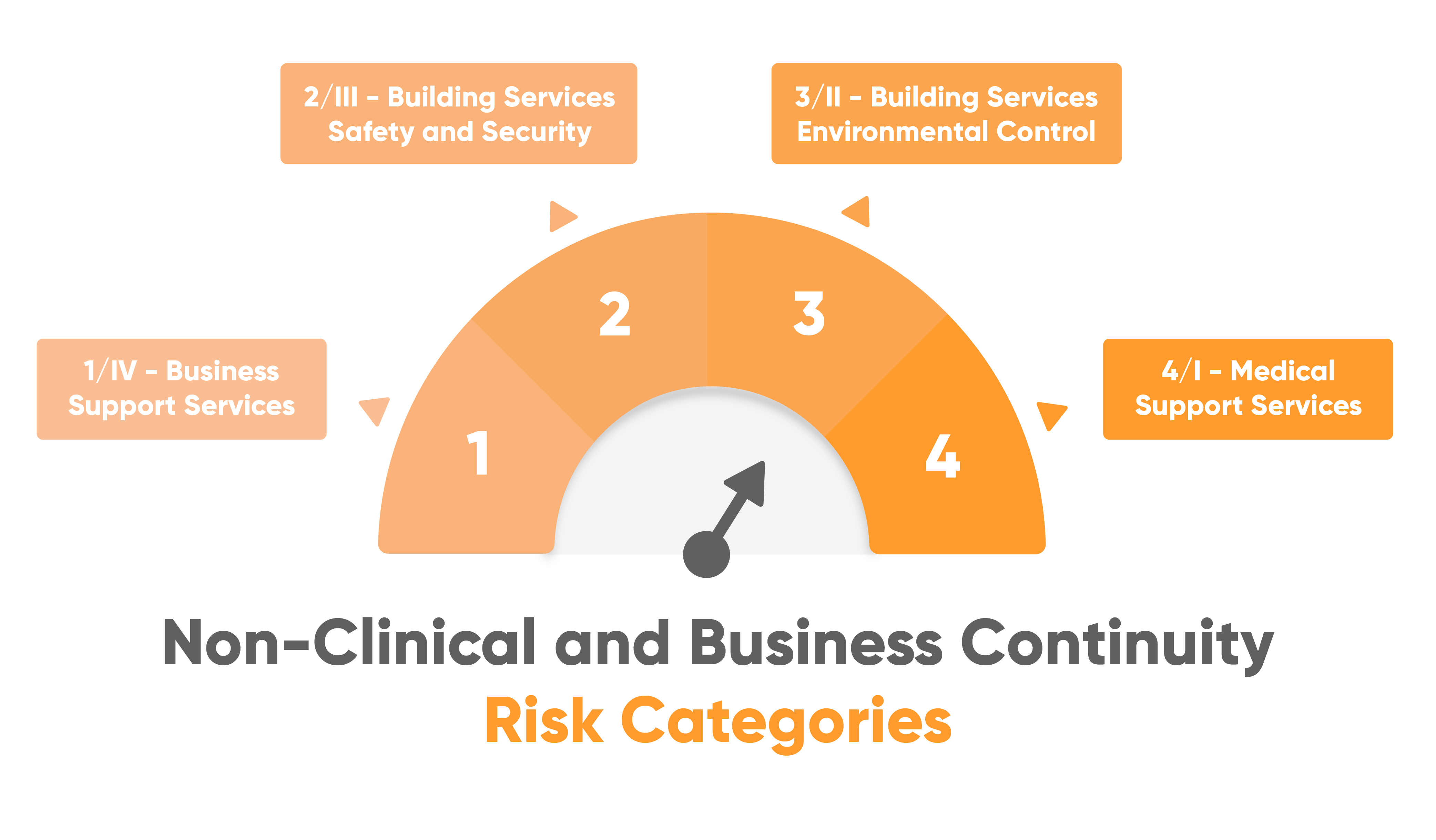
Category 1 (IV) covers departments such as finance, or laundries, where the immediate interruption of electrical supply would not compromise a patient. Local single conversion UPS could be provided for certain instances where computer applications require to be shut down safely.
Category 2 (III) accounts for Building Services Safety and Security, and could include areas such as IT Node Rooms etc. In the ever-evolving digital environment we live in; the ICT services provide the backbone to healthcare buildings. Areas like these should be provided with single conversion UPS systems to maintain the integrity of supply in case of an electrical outage.
Category 3 (II) considers HVAC systems, energy centres and building managements systems. The “Building Services Environmental Control” category. Interruption to this electrical supply could compromise patient safety, with the environmental conditions of their treatment area being unable to be maintained to required setpoints.
Category 4 (I) is the medical support areas such as laboratories, medical records, physiotherapy etc. Electrical Load Management should be considered in these areas where interruption to the electrical supply for periods of 2 hours or more.
Why Wallace Whittle?
We’re dedicated partners committed to ensuring the success of every project. Our proactive approach to early communication and coordination ensures that each room within a healthcare facility is accurately categorised to meet the unique needs of staff and patients.
From the initial concept to final implementation, we seamlessly integrate our expertise from our 8 offices, providing comprehensive support and guidance. Whether you’re designing on a new facility or regenerating an existing one, we provide a presentation overview to our clients on each of the different categorisation, whilst also speaking directly to clinical staff who will be involved with the day to day running of the hospital, this is where we can break down the categorisation into simpler engineering terms, to then find out want they want from their building.
Our work includes successful projects like the new Balfour Hospital and the expansion of the Golden Jubilee National Hospital and currently includes the full MEP design of the Monklands Replacement Project. These examples highlight our capability to manage complex healthcare environments and deliver tailored solutions.
Prioritising the continuous supply of electrical infrastructure in healthcare facilities is not only about meeting regulatory requirements; to us, it’s about safeguarding lives, ensuring operational continuity, and upholding professional standards. At Wallace Whittle, we take pride in our ability to address these critical needs and fulfil the expectations of our healthcare partners and clients.
If you’d like to discuss your next Healthcare project with us, or want to find out more, email [email protected]
